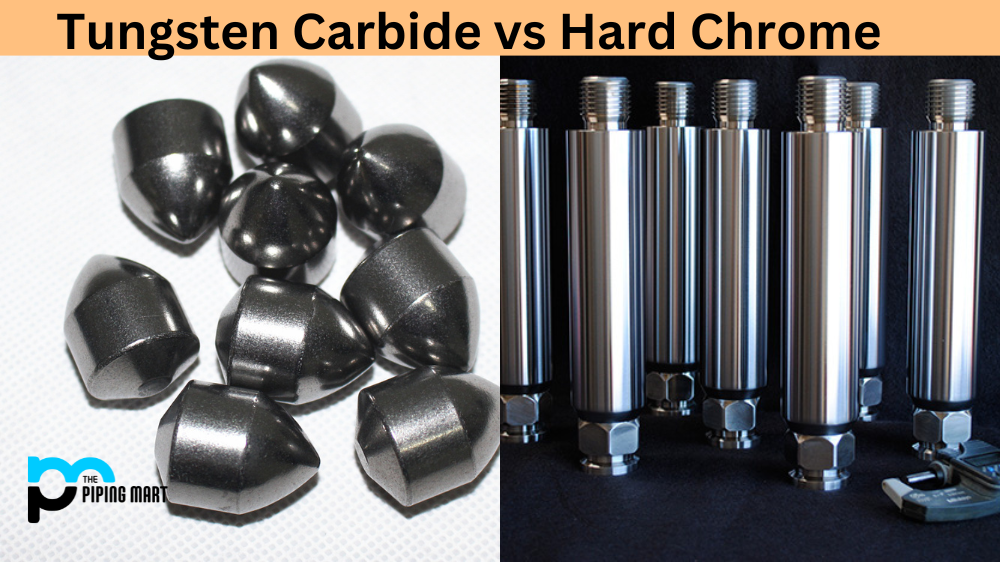Stainless steel is commonly found in everything from kitchen appliances to medical equipment. But how does stainless steel become, well, stainless? Let’s look at the science behind this versatile material and find out.
What Is Stainless Steel?
Stainless steel is an alloy—a combination of several metals—that contains iron, chromium, and nickel. It gets its name because it resists corrosion or rusting; it doesn’t stain like other metals when exposed to moisture or air. This resistance to corrosion makes stainless steel an ideal material for use in wet environments such as kitchens and bathrooms and in medical instruments and equipment regularly exposed to bodily fluids.
Chromium Contribution
Chromium is the key ingredient that makes stainless steel “stainless.” When exposed to oxygen, chromium forms an invisible layer of chromium oxide on the surface of the metal that prevents further oxidation. This layer of oxide helps protect the underlying metal from rusting or corroding when exposed to water or air, thus making stainless steel one of the most durable materials available today.
Role Of Nickel
Nickel also plays an important role in making stainless steel “stainless.” Nickel helps stabilize the chromium oxide layer formed by exposure to oxygen and helps prevent it from flaking off over time due to wear and tear or environmental conditions such as high humidity. In addition, nickel imparts additional strength and toughness to stainless steel, which makes it even more resistant to corrosion and damage than regular steel.
Conclusion:
It takes a combination of several metals – iron, chromium, and nickel – to make stainless steel truly “stainless” and resistant to corrosion over time. Chromium forms an invisible layer of oxide on the surface of the metal that prevents further oxidation. At the same time, nickel helps stabilize this layer against environmental conditions like high humidity or wear and tear from everyday use. By understanding how these elements work together, we can appreciate why stainless steel has become one of today’s most popular materials for use in everything from kitchen appliances to medical equipment.

Pipingmart is a B2B portal that specializes in metal, industrial and piping items. Additionally, we share the latest information and information about materials, products and various types of grades to assist businesses that are involved in this business.




